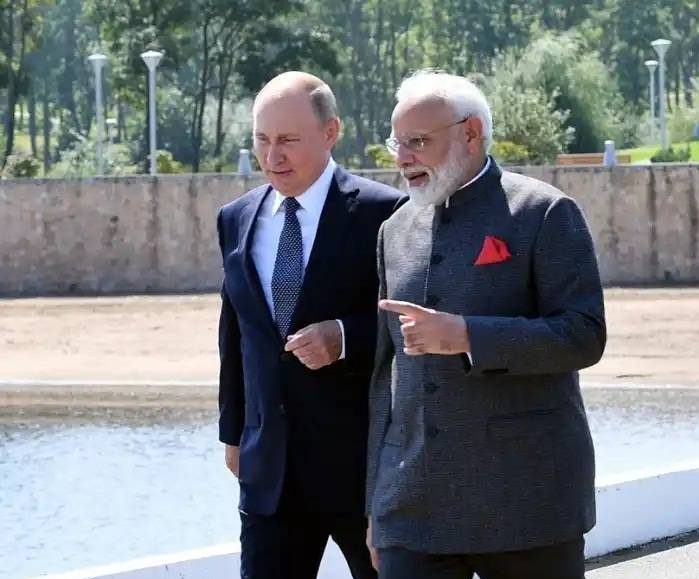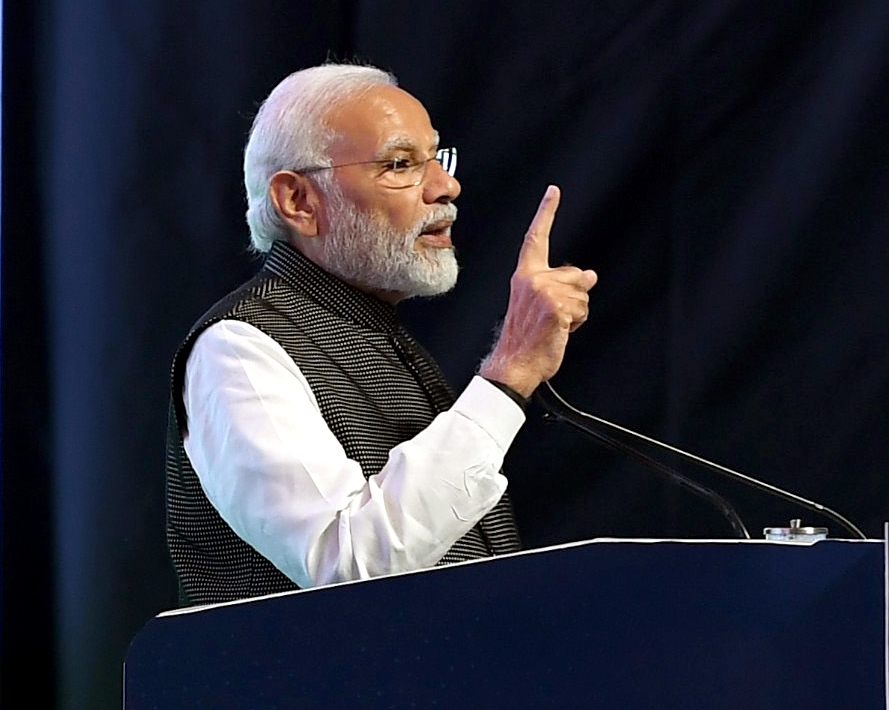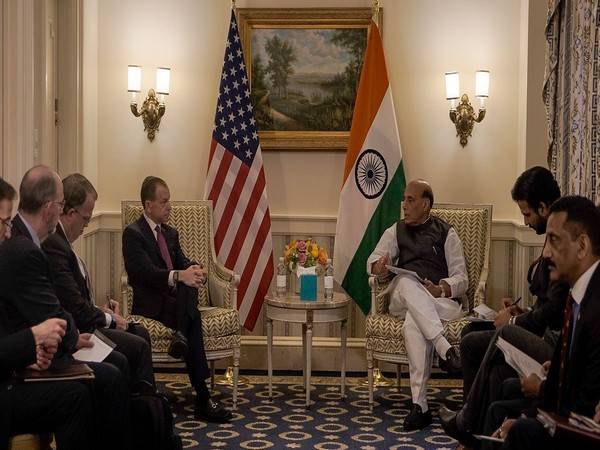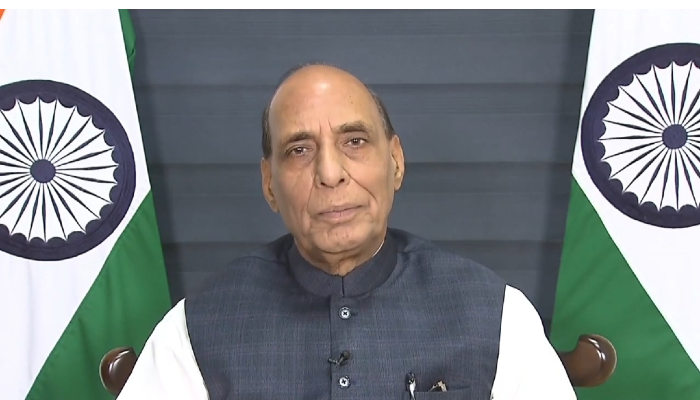Altos India’s strategic entry into high-end manufacturing marks a significant milestone, underscoring its commitment to promoting domestic production…reports Asian Lite News
In a fillip to the government’s local manufacturing push for IT hardware, technology company Altos India on Thursday said it has expanded its manufacturing portfolio to include high-end ‘Make in India’ workstations and servers.
The company has added two India-made servers, designed to meet the evolving needs of large-scale IT and cloud data centres in the country.
“In today’s rapidly evolving technological landscape, there is a growing demand for advanced solutions that cater to the needs of large IT and cloud data centres. These products not only meet these demands effectively but also align seamlessly with government initiatives, highlighting our dedication to local manufacturing,” said Sanjay Virnave, Country Head and General Manager at Altos Computing.
The Centre’s PLI 2.0 for IT hardware scheme, with its increased budgetary outlay of Rs 17,000 crore and expanded tenure to six years, is expected to generate an incremental production of Rs 3,35,000 crore.
The government has set a target of achieving $300 billion worth of electronics manufacturing by 2025-26, with $100 billion to come from exports.
Altos India’s strategic entry into high-end manufacturing marks a significant milestone, underscoring its commitment to promoting domestic production. Through the ‘Make in India’ initiative, Altos launched ‘Rack and Tower Servers’ that delivers server-class features with flexible expansion options and management capabilities.
“We have launched a ‘Dual socket 2U’ system ideal to handle any workloads. This system can function as a Database Server for Big Data analytics, a computing node for your high-performance computing (HPC) environment or for virtualisation purposes in cloud infrastructure,” said the company.
Meanwhile, the electronics industry in India saw a massive 154 per cent growth in hiring and skilling in the last financial year (from March 2023 till March this year) and the telecom domain led the industry, a report showed on Thursday.
The telecom vertical accounted for 64 per cent of hiring, closely followed by lighting and automotive sectors, according to research conducted by Quess Corp Ltd, a workforce management solutions provider.

The electronics industry also witnessed a significant deployment of women in various roles, particularly in manufacturing.
“Women are increasingly being deployed as operators, quality assurance professionals, and in testing roles,” the findings showed. Women constitute 78 per cent of the industry’s workforce.
In terms of geography, Tamil Nadu leads the states with a significant 33 per cent share of electronics hiring demand, followed by Karnataka, Uttar Pradesh and Telangana.
“The Indian electronics manufacturing sector is on a growth trajectory fuelled by innovation and transformation. Industry experts forecast the creation of 1 million jobs by 2025-2026, and the market size is expected to reach $400 billion by 2025,” said Lohit Bhatia, President of Workforce Management at Quess Corp.
This growth is not only fueled by increasing consumer demand but has also received a boost from government initiatives such as ‘Make in India’ and the production-linked incentive (PLI) scheme.
The surge in women’s employment within electronics manufacturing can be attributed to several factors.
The nature of the work, which often involves intricate assembly and precise handling of small parts, complements women’s skill in dexterity and attention to detail.
“Additionally, women demonstrate a strong ability to learn quickly and adapt, enabling them to thrive in fast-paced production settings,” the report noted.
Several key roles are in high demand, such as electronic engineers, instrumental engineers and electronic design engineers. The average salaries for these roles range from Rs 18,000 per month to Rs 32,000 per month.
The research also showed that flexible staffing has emerged as the preferred mode of employment in the electronics manufacturing services (EMS) industry.
ALSO READ: Samsung’s Bold Bet on AI TV















